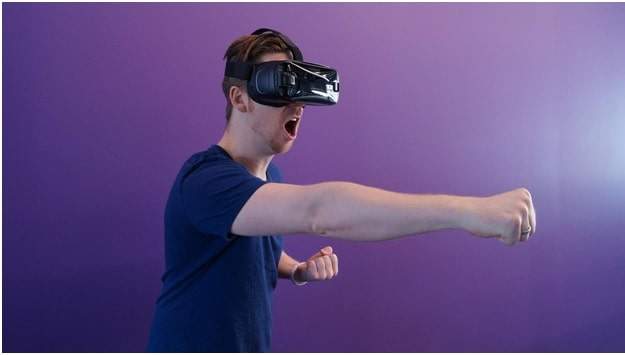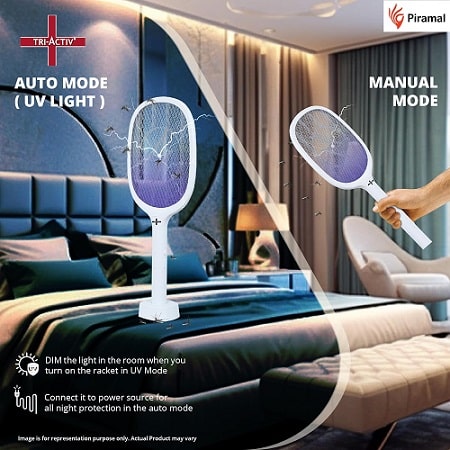Eye Tracking
While most people consider eye tracking to be sci-fi technology, it is actually a very real solution to the problem of virtual reality. This technology was first developed by Edmund Huey in 1908. It required readers to wear contact lenses to track their eye movements while reading.
Using this technology, virtual reality headsets can be created that track the position of the pointer, rather than the person’s movements. With the use of infrared eye tracking, virtual stores and video games could simulate the consumer journey without having to build an entire physical test environment.
Advertisers could test their communication campaigns and product placements in virtual stores before they hit the market. Instant eye tracking statistics used in technologies such as the virtual reality visual field analyzer could show where consumers focus their attention, what they interact with, and where they wander. It could also help diagnose vision disorders and better understand how consumers navigate the store.
In addition to increasing the quality of virtual reality experiences, eye tracking also helps scientists and researchers study human behavior. High-quality eye tracking data provides objective insights about human behavior. Eye tracking software is now integrated in the HTC VIVE Pro Eye headset, which combines precision eye tracking with high-end audio and optimized ergonomics.
In the future, eye tracking-based virtual reality headsets could be used by researchers to understand human behavior and improve their products. Adding eye tracking to VR headsets can enhance the experience by revealing how the participants subconsciously interact with different objects and environments.
VR is a flexible, full-immersive environment, which allows researchers to change and repeat visual stimuli quickly. The eye tracking technology helps researchers understand how participants behave and what they are trying to achieve. With eye tracking, virtual reality applications can be even more immersive, user-friendly, and immersive.
Augmented Reality
Augmented reality (AR) and new advances in virtual-reality technology will dramatically change the way we interact with information on the internet. While the web model is based on two-dimensional information, AR allows us to view digital content superimposed on real objects, eliminating the mental bridge between digital and physical information.
Generally, augmented reality apps add data to the real-world environment and virtual reality applications are used to replace the actual environment. Both technologies are largely immersive and use the camera on smartphones.
While augmented reality and virtual reality have similar functions, they have different uses. Augmented reality applications are already making their way into a variety of industries. For example, in the entertainment industry, augmented reality apps can provide real-time troubleshooting information.
While VR and AR are already widely used in entertainment, these technologies will soon be available at more affordable prices. The convergence of AR and VR will increase their adoption and enable users to transcend distance and time to interact with content. Combined, they will improve comprehension, communication, and decision-making.
With these new technologies, there’s no reason why these two technologies cannot go further in the near future. This article will highlight the most exciting aspects of AR and VR and their application in business. While AR and VR have existed for decades, they are only now becoming widely adopted. AR transforms volumes of analytics and data into images and animations.
The majority of AR and VR applications is delivered through mobile devices, and will soon be available on handheld wearables. Popular AR applications include Snapchat and Pokemon Go. This technology will change learning, design, and value chains. As a result, it will become a mainstay in a variety of industries.
Holographic Optics
Holographic optics (HOEs) reproduces the wave front of an incident light beam. These devices are used for various applications such as computer displays and virtual reality. Their diffraction efficiency is greatly reduced in full-color applications. Holographic Optics also exhibits a large number of aberrations. However, these problems can be minimized by carefully designing the HOE and adjusting the signal and reference beams.
The main drawback of a conventional NED is that it forms a virtual image on a single, fixed plane, a polarization-dependent eye-piece element. This varies in depth in stereoscopic 3D content, presenting a VAC problem. Increasing the number of image planes may mitigate the VAC problem, but the next major challenge remains the form factor of the display.
Holographic optics can help make VR headsets thinner and lighter. Facebook researchers developed a VR optical system that used purely HOEs instead of the traditional PPHOE-based directional backlight. Holographic optics could also make VR headsets smaller and more comfortable. As their optical power is independent of their thickness, holographic VR headsets can be designed to be much thinner than conventional VR headsets.
The developers of Holographic glasses plan to use a polarization-based optical folding to keep the weight and space of VR headsets minimal, allowing the wearer to extend the VR session while maintaining a comfortable viewing position. Holographic VR glasses are lightweight, measuring less than nine millimeters thick, and offer a wide field of view that is compared to the current market products.
Read: Create Bitcoin Wallet with Trustee Wallet to Benefit from Easy and Fast App
Cost of VR headsets
The cost of VR headsets continues to decline as new technology becomes available. However, the price of some headsets remains high, even for the most expensive models. The Oculus Quest headset, which cost $399 in the United States, has a limited price range, but has the advantage of tracking head movement and allowing the wearer to experience virtual reality with ease.
This headset has not quite made a breakthrough with consumers, which may lead to an even lower price tag. Prices of VR headsets have come down dramatically, but the technology continues to improve. New developments in the technology include hand scanning, eye tracking, and varifocal technology.
Meanwhile, new technologies continue to emerge, with Apple rumored to be working on a headset with cameras embedded into the headset and OVR Technology working on scent (https://en.wikipedia.org/wiki/Digital_scent_technology) and taste VR. But despite the lower prices, the price of VR headsets remains a prohibitive barrier for many consumers, especially for those who want to experience VR in its full potential.


